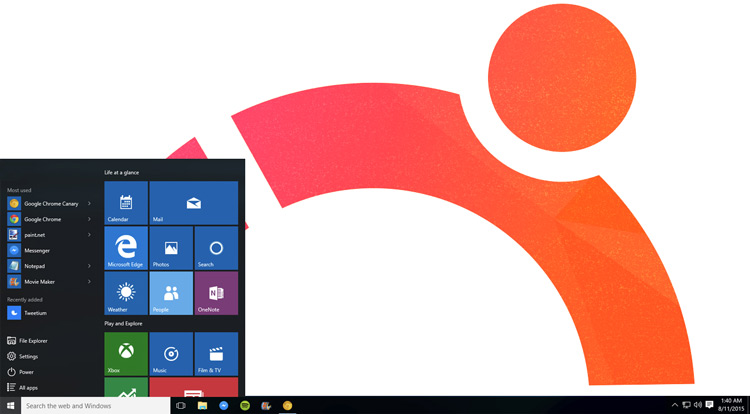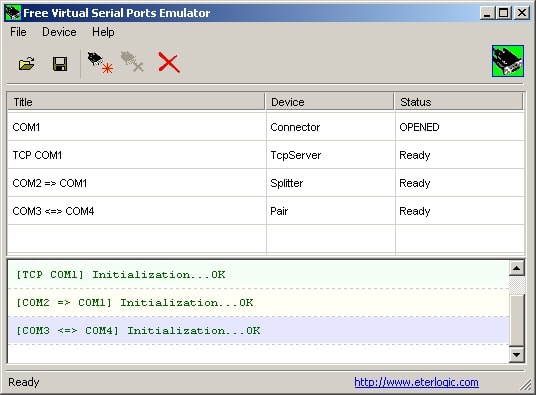

- #WINDOWS USB TERMINAL EMULATOR INSTALL#
- #WINDOWS USB TERMINAL EMULATOR SERIAL#
- #WINDOWS USB TERMINAL EMULATOR SOFTWARE#
- #WINDOWS USB TERMINAL EMULATOR PC#
- #WINDOWS USB TERMINAL EMULATOR WINDOWS#
#WINDOWS USB TERMINAL EMULATOR SOFTWARE#
You can think of VMware as software that allows you to run an operating system inside another operating system.

VMware is a powerful virtualization platform that enables Linux users to run Windows applications seamlessly inside their Linux machine. Wine Linux has an excellent API coverage that makes it a viable choice for running everyday Windows programs effortlessly.
#WINDOWS USB TERMINAL EMULATOR SERIAL#
You can interface Windows programs with your Linux system devices such as sound devices, keyboards, modems, serial devices, ASPI scanners, and such very easily.Wine supports DirectX (up to version 11) based games and applications out of the box and Windows MultiMedia (WinMM) layers.Wine comes with pre-built support for the X-11 window system and allows users to stream their display on remote X terminals.Moreover, Wine supports a plethora of modern-day applications out of the box, thus eliminating the need to tweak them inside your Linux environment.
#WINDOWS USB TERMINAL EMULATOR INSTALL#
It’s very easy to install Wine on virtually every POSIX-compliant operating system, including Linux, macOS, & BSD. Currently, in its fourth major release, Wine allows you to run your favorite Windows-only programs without any extra hassle. Wine is the de-facto Windows emulator for Linux users who want to run Windows applications, software, and games in their Unix systems effortlessly. Although the title emphasizes Linux Windows emulator, think of the below picks as workarounds that let you run Windows programs in Linux instead. If you’re a die-hard gamer, stop worrying, as we’ve also outlined some great methods that will enable you to run your favorite games from your Linux machine seamlessly. We’ve selected a compelling set of robust Windows emulators for Linux that will allow you to utilize some exceptional but Windows-specific software. Luckily, a comprehensive set of powerful Windows emulators for Linux exists to make our life more comfortable and allow us to benefit both systems concurrently. However, we Linux folks can’t shift on Windows permanently and overlook the flexibility Linux has been affording us over the years. So, if you want to share some standard software or play those latest games, Windows is still the way to go. Despite all its rewards, Linux is still not the household name among regular computer users, and the chances are that most of your non-technical friends use Windows as their primary system. They’re available for Linux and other operating systems as well.Although it’s hard for us Linux fanatics to delve in the world of Windows, as it seems, we all need to embrace Windows in time to time for some specific tasks.

And terminal emulators aren’t limited to just the Windows environment. Used in this way a terminal emulator can be a valuable aid to a programmer to familiarize herself with the operation of the connected device. All of these commands and many more are documented in the DI-149 data acquisition starter kit’s protocol document. The session performs some basic queries of the DI-149 using the info command, places the DI-149 in its ASCII output mode using the asc command, sets up the DI-149’s scan list using the slist command, configures sample rate using the srate command, and finally starts data acquisition and then stops the process. The nearby graphic shows such a session between a terminal emulator called PuTTY running on a Windows PC, and a DI-149 over COM port 8. So why would you want to emulate such an archaic operation on a contemporary PC? If an instrument connected to a PC’s USB port communicates via software by hooking a COM port, then the terminal emulator provides an effective way to manually experiment with the instrument if you know its protocol ( click here to learn more about instrument protocols.)

Connected to a smart device (like a computer), the terminal functioned as the input/output source. Those were dumb devices with RS-232 (or COM) ports that contained both a keyboard and a display of some sort.
#WINDOWS USB TERMINAL EMULATOR PC#
Briefly, a terminal emulator is software that allows a PC to function like an old-style terminal. I hinted that a particular advantage of an instrument that hooks a COM port is to allow simple communication using a terminal emulator. In my previous post about hooking COM ports I described how it’s achieved and why a manufacturer might want to do it.


 0 kommentar(er)
0 kommentar(er)
